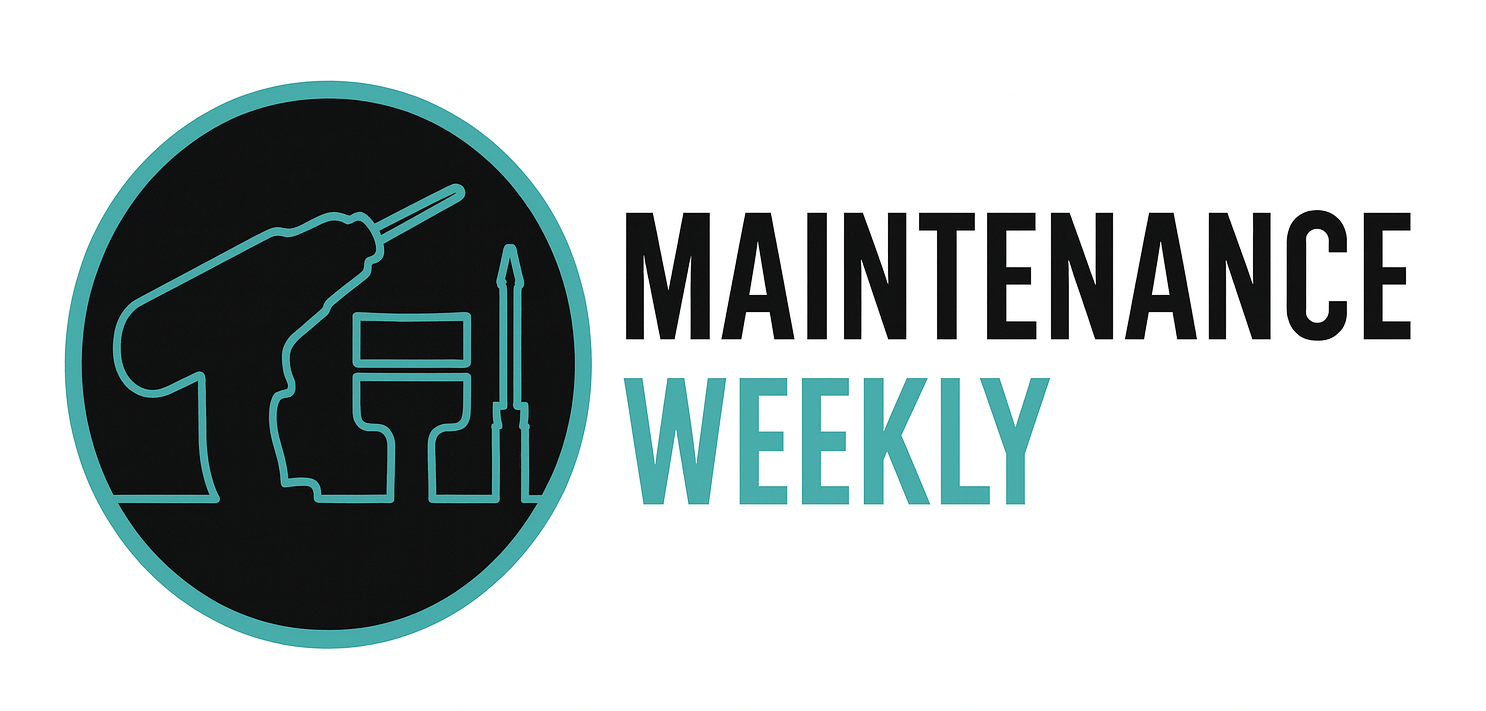Interview Tips for an Aircraft Maintenance Supervisor
The following are interview tips to help you prepare for your Aircraft Maintenance Supervisor interview. Do your homework on the company, review its fleet and maintenance operation, and practice your responses so you can walk in with confidence and ace the interview.
-
Emphasize Leadership Experience
Highlight your ability to lead teams of mechanics and technicians, assign work orders, and ensure tasks are completed on time. Employers want to know you can manage people effectively in a high-stakes environment. -
Show Knowledge of Regulatory Compliance
Stress your understanding of FAA, EASA, and company-specific regulations. Supervisors are accountable for ensuring all maintenance complies with Part 43/145 standards and that proper documentation is completed. -
Highlight Communication Skills
Maintenance supervisors serve as the bridge between upper management, engineers, inspectors, and mechanics. Give examples of how you’ve communicated clearly across teams, especially under time pressure. -
Discuss Resource and Workflow Management
Employers want to see that you can plan manpower, tools, and parts availability effectively. Share examples of organizing work shifts, resolving bottlenecks, and ensuring AOG aircraft return to service quickly. -
Demonstrate Safety Culture Leadership
Supervisors are responsible for setting the tone on safety. Be ready to explain how you enforce tool control, PPE use, and adherence to procedures. -
Show Conflict Resolution Skills
With multiple shifts and personalities in play, conflicts can arise. Highlight your ability to resolve disputes fairly, keep morale high, and ensure smooth workflow. -
Mention Experience with Audits and Inspections
Stress your experience preparing for internal and external audits, FAA oversight, or customer inspections. Supervisors must be proactive in ensuring compliance at all times. -
Prepare for Scenario-Based Questions
Supervisors will be tested on leadership judgment, safety enforcement, and decision-making:Q1. “A mechanic reports pressure to finish a job quickly but expresses concern about missing a step. How do you handle this?”
Sample Answer: “I would back the mechanic’s concern, stop the job, and ensure it is done correctly. I would remind the team that safety and compliance take precedence over schedule. I’d then review staffing and workflow to minimize such pressures in the future.”Q2. “How would you respond if an FAA inspector finds a discrepancy in your hangar during a surprise audit?”
Sample Answer: “I would cooperate fully, provide documentation, and address the discrepancy immediately. I’d then conduct a root-cause analysis with my team and implement corrective actions to prevent recurrence. Transparency and accountability are key.”Q3. “What steps would you take if two mechanics under your supervision disagree on the correct repair procedure?”
Sample Answer: “I’d stop the job, bring both mechanics together, and review the AMM and company procedures to ensure we follow approved data. I’d use it as a learning opportunity for the team, reinforcing that procedures—not opinions—guide our work.”Q4. “How do you prioritize multiple AOG aircraft at once?”
Sample Answer: “I’d evaluate each case based on safety, flight schedule impact, and parts availability. I’d communicate priorities clearly to the team and ensure that resources are allocated efficiently. Coordination with operations and management is critical to making the right call.”
Source: ChatGPT.
